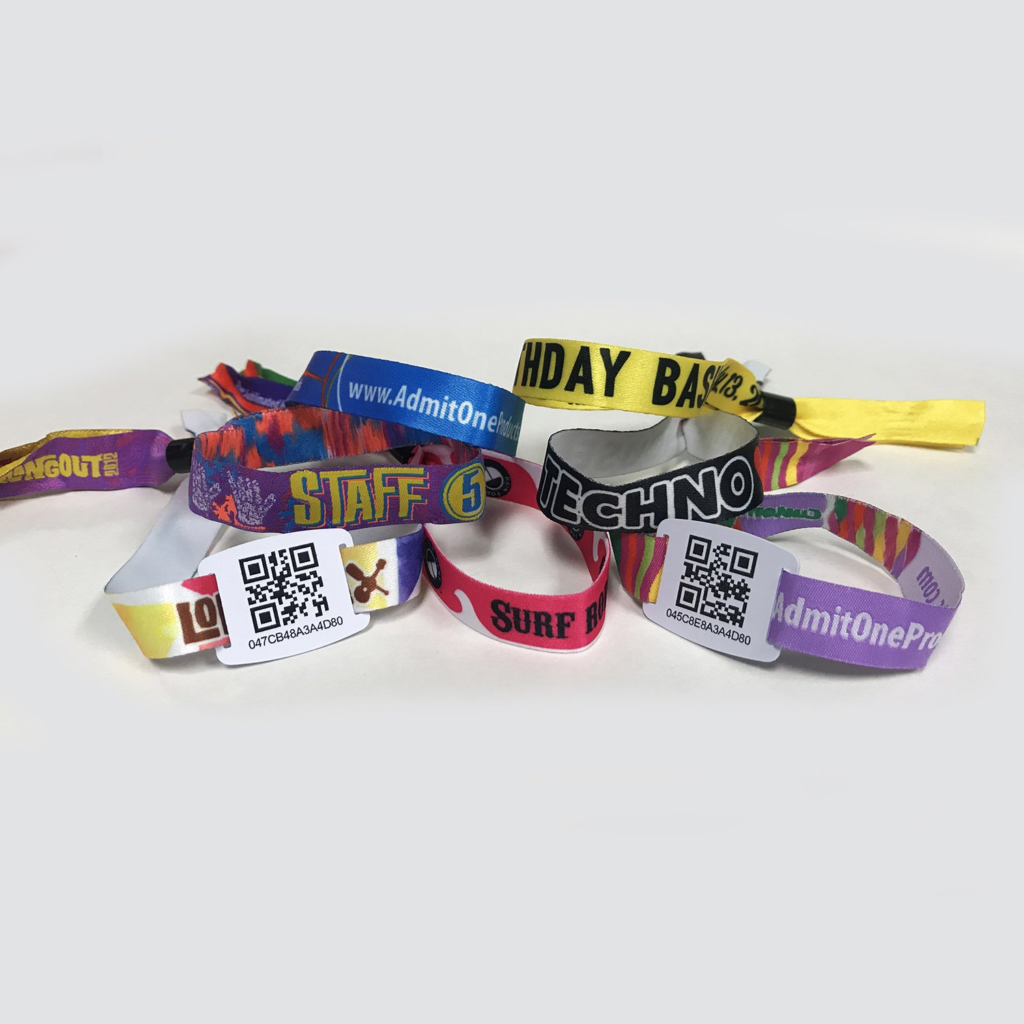
Disposable RFID Wristbands vs. Reusable Bands What Works Best for Your Business
Businesses in healthcare, events, and hospitality rely heavily on wristbands for identification and access control. With RFID technology, both disposable and reusable options are now widely available. However, choosing the right type requires a careful balance between cost, hygiene, sustainability, and functionality. Understanding these trade-offs enables organizations to maximize efficiency while minimizing risks.
Cost Considerations for Disposable RFID Wristbands
Disposable RFID wristbands often provide a lower upfront cost per unit. For large-scale events, such as music festivals or conferences, purchasing single-use bands can be a financially sound decision. Because they are designed for one-time use, logistics teams avoid costs related to collection, cleaning, and redistribution. Moreover, these bands can be printed with branding or barcodes at a minimal extra cost, making them attractive for marketing purposes. According to Statista, the global RFID market in events and hospitality reached $2.2 billion in 2023, with a significant portion of this revenue coming from disposable solutions.

Hygiene and Safety Factors with Disposable RFID Wristbands
Another advantage of disposable wristbands is their hygienic properties. In hospitals, infection control remains a top priority. Reusing wristbands, even with proper cleaning, introduces a higher risk of contamination. Single-use RFID bands minimize cross-contact, ensuring that patients or guests receive a sterile product each time. For this reason, disposable RFID wristbands are standard in healthcare facilities where patient identification must be reliable and sanitary.
Durability and Longevity of Reusable Bands
On the other hand, reusable RFID wristbands provide extended durability. They are made from silicone, fabric, or durable plastic, which can withstand repeated use for months or years. Theme parks and gyms often prefer reusable options since visitors return frequently, and the long-term benefits offset the higher upfront costs. Data from MarketsandMarkets indicates that RFID adoption in sports and recreation is continuing to grow, driven by reusable solutions that enhance the visitor experience and reduce waste.

Environmental Impact and Sustainability Choices
Sustainability is a growing factor in procurement decisions. Disposable RFID wristbands generate more plastic and electronic waste, raising concerns about their impact on landfills. In contrast, reusable bands align with corporate sustainability goals by reducing waste streams. Many companies now use eco-friendly materials, such as recycled silicone or biodegradable plastics, in their reusable RFID wristbands. For businesses with environmental commitments, this can also serve as a positive branding message.
Operational Efficiency in Different Industries
Different industries must evaluate wristbands based on operational needs. For example, hospitals prioritize hygiene, while entertainment venues focus on branding and security. Hotels and resorts often opt for reusable bands, as they serve as room keys, payment tokens, and tools for loyalty programs. In contrast, disposable RFID wristbands remain common at single-entry events where re-entry is not required. Therefore, businesses should match the band type to specific workflows and customer expectations.

Security and Fraud Prevention with RFID Bands
Both disposable and reusable RFID wristbands can integrate encryption and anti-cloning technology. However, the risk of tampering differs. Disposable RFID wristbands typically use tamper-evident designs, preventing guests from transferring them to others. Reusable bands may require more advanced authentication features to prevent misuse, especially in high-value applications such as cashless payments. Reports from HID Global emphasize that tamper-proof RFID solutions help reduce fraud and enhance trust in event management.
Balancing Business Needs with Customer Experience
Ultimately, the decision between disposable and reusable bands comes down to striking a balance between business objectives and customer experience. Disposable RFID wristbands deliver cost savings, hygiene, and security in one-time scenarios. Reusable bands, on the other hand, excel in sustainability, branding, and long-term ROI. Enterprises should consider not only immediate costs but also lifetime value, customer satisfaction, and environmental commitments.

Choosing Disposable RFID Wristbands or Reusable Options
For short-term, high-volume events, a disposable RFID wristband remains the practical choice. For ongoing operations in hospitality, leisure, and corporate environments, reusable bands bring greater value over time. Both options have a place in modern business strategies, but selecting the right one depends on specific industry requirements, sustainability goals, and customer expectations. Businesses that evaluate these factors carefully will unlock the full benefits of RFID while maintaining operational efficiency.


